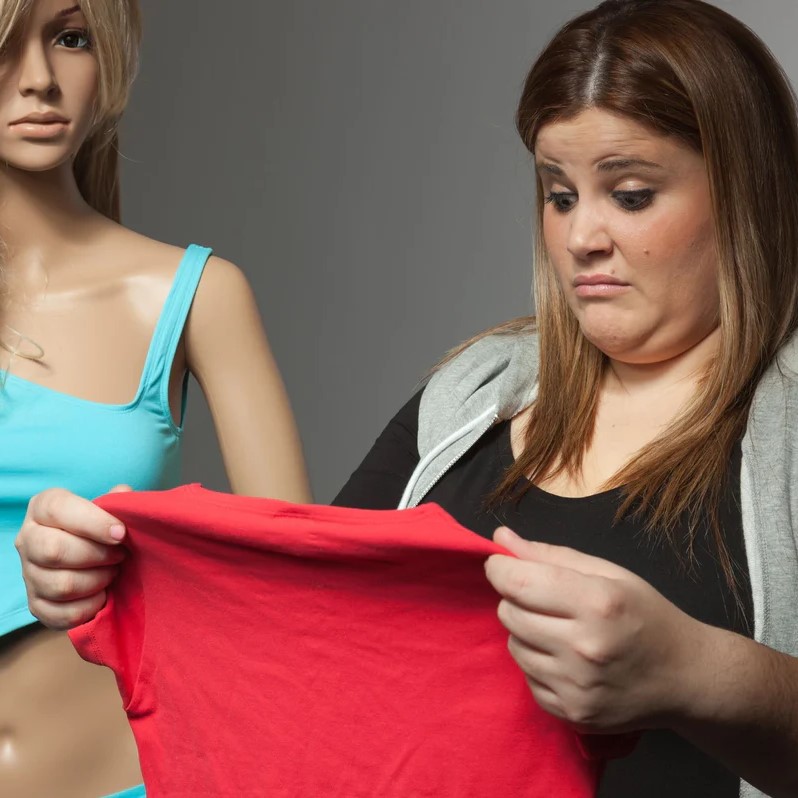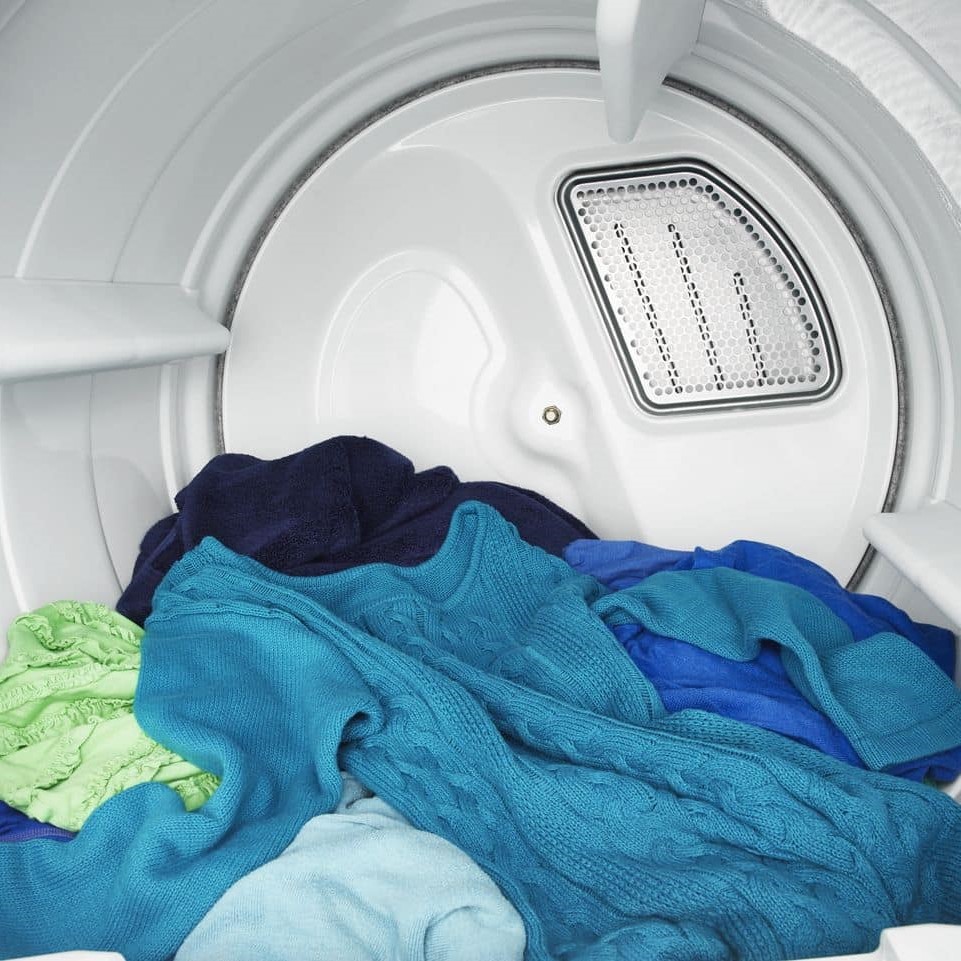Does the Dryer Shrink Clothes: How to Prevent Fabric Damage
When it comes to laundry, one common concern many people have is does the dryer shrink clothes. Understanding the factors that contribute to garment shrinkage is essential for maintaining your wardrobe’s integrity. In this comprehensive guide, we will explore the reasons behind dryer-induced shrinkage, identify the signs of shrinkage, and provide actionable tips to prevent your favorite clothes from losing their fit and shape.
How Dryers Work and Their Impact on Clothing
The Drying Process Explained
Dryers play a crucial role in the laundry process by removing moisture from clothes after washing. They use heat and tumbling action to evaporate water, leaving garments dry and ready to wear. However, the combination of heat and movement can significantly impact the fabric’s structure, leading to potential shrinkage if not managed correctly.
Heat and Its Effects on Fabrics
Heat is a primary factor in how dryers affect clothes. Different fabrics respond uniquely to heat exposure. Natural fibers like cotton and wool are more susceptible to heat-induced shrinkage compared to synthetic fibers such as polyester and nylon. Therefore, understanding how heat affects various materials can help you make informed decisions about drying settings and garment care.
Top Reasons Why Clothes Shrink in the Dryer
High Heat Settings
One of the main reasons clothes shrink in the dryer is the use of high heat settings. When garments are exposed to excessive heat, the fibers contract, causing the fabric to become smaller and tighter. For instance, cotton shirts and jeans are particularly vulnerable to high temperatures, which can lead to noticeable shrinkage after just one drying cycle.
Fabric Composition
The type of fabric plays a significant role in does the dryer shrink clothes. Natural fibers like cotton, wool, and linen are more prone to shrinking due to their ability to absorb moisture and respond to heat. In contrast, synthetic fabrics such as polyester, acrylic, and spandex are engineered to resist shrinkage, making them more durable during the drying process.
Over-Drying
Over-drying is another culprit behind clothes shrinkage. When clothes remain in the dryer for too long, prolonged exposure to heat causes the fibers to tighten and contract. Consequently, garments lose their original size and shape. Therefore, it’s crucial to monitor drying times and remove clothes promptly once they are dry to prevent unnecessary shrinkage.
Identifying Shrinkage: How to Tell if Your Clothes Have Been Affected
Visual Signs of Shrinkage
Detecting shrinkage can sometimes be straightforward. Look for visible changes in the size and fit of your clothes. Shirts may appear tighter around the neck and sleeves, while pants and jeans might feel shorter in length. Additionally, garments that once hung loosely may now cling more closely to your body.
Measuring for Fit
To accurately determine if shrinkage has occurred, measure the dimensions of your clothes before and after drying. Use a measuring tape to check the length, width, and circumference of various areas, such as the chest, waist, and hips. Comparing these measurements can help you identify specific areas where shrinkage has taken place, allowing you to take corrective action.
Preventing Clothes from Shrinking in the Dryer
Choosing the Right Heat Setting
Selecting the appropriate heat setting is vital in preventing clothes from shrinking. Opt for low or medium heat settings, especially for delicate and natural fabrics. Many dryers come with specific settings for different fabric types, such as “tumble dry low” or “air dry,” which can help minimize shrinkage while effectively drying your clothes.
Sorting Clothes Properly
Properly sorting your laundry before drying can significantly reduce the risk of shrinkage. Separate clothes based on fabric type and weight, ensuring that heavier items like jeans are dried separately from lighter garments like shirts and blouses. This practice allows for more even drying and prevents delicate fabrics from being exposed to excessive heat.
Using Dryer Balls or Flat Drying Techniques
Incorporating dryer balls into your drying routine can enhance airflow and reduce drying time, thereby minimizing the exposure of clothes to heat. Additionally, employing flat drying techniques for specific garments can prevent unnecessary shrinkage. For example, laying sweaters flat to dry instead of using the dryer preserves their shape and size effectively.
Best Practices for Maintaining Clothing Size and Shape
Air Drying vs. Using the Dryer
Air drying is an excellent alternative to using the dryer, especially for clothes that are prone to shrinkage. By allowing garments to dry naturally, you eliminate the risk of heat-induced shrinkage entirely. Hang shirts, dresses, and other delicate items on a clothesline or drying rack to maintain their original size and shape.
Proper Washing Techniques
Proper washing techniques can also play a role in preventing shrinkage. Use cold water settings for washing clothes that are susceptible to shrinking, as hot water can exacerbate the problem. Additionally, avoid overloading the washing machine, which can lead to excessive agitation and damage to the fabric fibers, making them more vulnerable to shrinking in the dryer.
Storage Tips
How you store your clothes after drying can impact their overall fit and longevity. Avoid folding garments tightly or hanging them in a cramped space, as this can cause fibers to stretch or contract unnaturally. Instead, store clothes in a cool, dry place with ample space for each item to maintain its shape and size.
Special Considerations for Different Fabric Types
Cotton
Cotton is one of the most commonly worn fabrics, known for its breathability and comfort. However, cotton is also highly susceptible to heat and moisture, making it prone to shrinkage in the dryer. To prevent this, dry cotton garments on low heat settings and remove them promptly once dry. Alternatively, consider air drying cotton items to maintain their original size.
Wool
Wool requires delicate care during the drying process. The heat and tumbling action of dryers can cause wool garments to shrink and lose their shape. To avoid this, always air dry wool clothing by laying them flat on a clean surface. If you must use a dryer, select a specialized wool setting and use dryer balls to cushion the fabric.
Synthetics
Synthetic fabrics like polyester, nylon, and spandex are engineered to resist shrinkage, making them more durable in the dryer. However, even synthetics can experience minor shrinkage if exposed to extreme heat. To maintain their size and fit, use medium heat settings and avoid over-drying synthetic garments. Additionally, pairing synthetics with dryer balls can enhance airflow and reduce drying time.
Frequently Asked Questions (FAQs) about Dryer Shrinkage
Does the Dryer Shrink Clothes?
Yes, the dryer can shrink clothes, especially those made from natural fibers like cotton, wool, and linen. High heat settings and over-drying are primary contributors to garment shrinkage. To minimize this risk, use appropriate drying settings and monitor drying times carefully.
Can I Reverse Shrinkage in Clothes?
Once clothes have shrunk, reversing the process can be challenging. However, some techniques may help stretch garments back to their original size. Soaking the clothes in lukewarm water with a gentle conditioner and then gently stretching them while wet can sometimes restore their shape. For best results, consult a professional tailor.
What Dryer Settings Prevent Shrinkage?
To prevent shrinkage, use low or medium heat settings on your dryer. Many dryers offer specific settings for delicate fabrics, such as “tumble dry low” or “air dry,” which help minimize the risk of shrinkage while effectively drying your clothes.
Are There Products to Prevent Shrinkage?
Yes, several products can help prevent shrinkage in the dryer. Dryer balls, for example, improve airflow and reduce drying time, decreasing the exposure of clothes to heat. Additionally, specialized laundry detergents designed for delicate fabrics can preserve the integrity of your garments.
How Can I Maintain the Fit of My Clothes?
Maintaining the fit of your clothes involves a combination of proper washing, drying, and storage techniques. Always follow the care instructions on garment labels, use appropriate drying settings, avoid over-drying, and store clothes in a way that preserves their shape and size.
 Conclusion
Conclusion
Understanding whether the dryer shrinks clothes is crucial for maintaining the longevity and fit of your wardrobe. By recognizing the factors that contribute to shrinkage, such as heat settings, fabric composition, and drying techniques, you can take proactive steps to preserve your garments. Whether you choose to air dry, adjust dryer settings, or incorporate protective products, the key lies in balancing convenience with careful garment care. Ultimately, taking these measures ensures that your clothes remain comfortable, well-fitting, and free from the unwanted effects of shrinkage. So, the next time you ask, “does the dryer shrink clothes,” you’ll be equipped with the knowledge to make the best decisions for your laundry routine.





